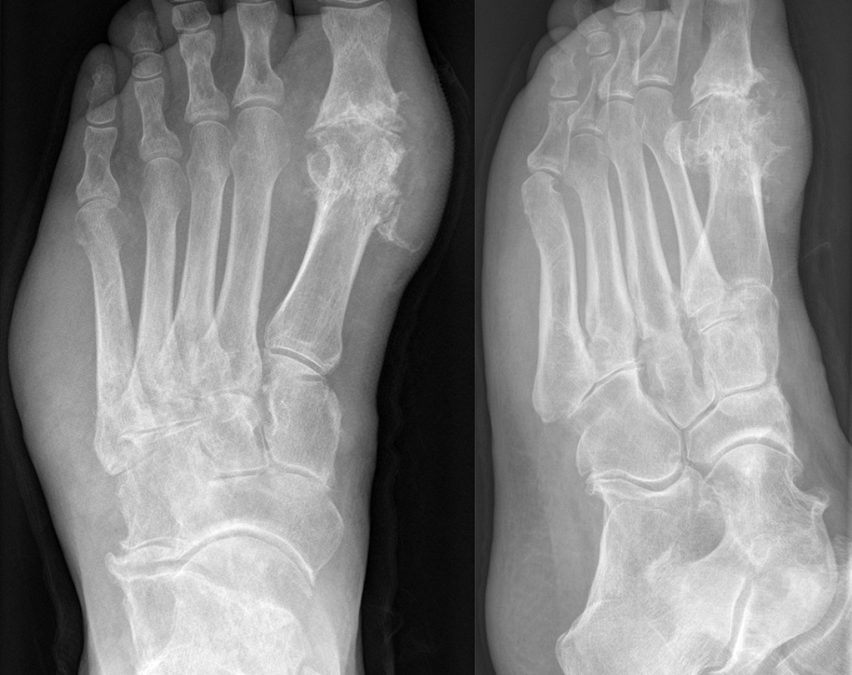Measurement invariance of the Illness Invalidation Inventory
Objectives
The Illness Invalidation Inventory (3*I) assesses patients’ perception of responses of others that are perceived as denying, lecturing, not supporting and not acknowledging the condition of the patient. It includes two factors: ‘discounting’ and ‘lack of understanding’. In order to use the 3*I to compare and pool scores across groups and countries, the questionnaire must have measurement invariance; that is, it should measure identical concepts with the same factor structure across groups. The aim of this study was to examine measurement invariance of the 3*I across rheumatic diseases, gender and languages.
Methods
Participants with rheumatic disease from various countries completed an online study using the 3*I, which was presented in Dutch, English, French, German, Portuguese and Spanish; 6057 people with rheumatic diseases participated. Single and multiple group confirmatory factor analyses were used to test the factorial structure and measurement invariance of the 3*I with Mplus.
Results
The model with strong measurement invariance, that is, equal factor loadings and thresholds (distribution cut-points) across gender and rheumatic disease (fibromyalgia vs other rheumatic diseases) had the best fit estimates for the Dutch version, and good fit estimates across the six language versions.
Conclusions
The 3*I showed measurement invariance across gender, rheumatic disease and language. Therefore, it is appropriate to compare and pool scores of the 3*I across groups. Future research may use the questionnaire to examine antecedents and consequences of invalidation as well as the effect of treatments targeting invalidation.
Kool, M. B., Van de Schoot, R., López-Chicheri García, I., Mewes, R., Da Silva, J. A. P., Vangronsveld, K., Wismeijer, A. A. J., Lumley, M.A., Van Middendorp, H., Bijlsma, J. W. J., Crombez, G., Rief, W., & Geenen, R. (2014). Measurement invariance of the Illness Invalidation Inventory (3*I) across language, rheumatic disease, and gender. Annals of the Rheumatic Diseases, 73(3), 551-556. http://dx.doi.org/10.1136/annrheumdis-2012-201807


